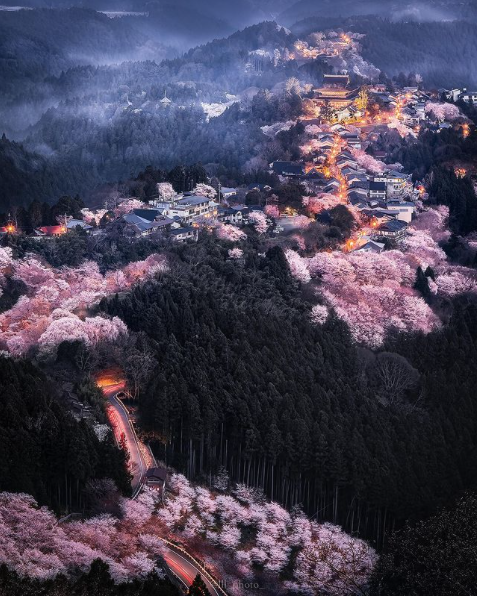"Since ancient times, wood has been contemplated with reverence in Japan. Even after being cut, it’s been seen as a living being. Shinto, the country’s original religion, viewed trees as divine, a means by which the gods descended to earth. Later, Buddhism taught that the Buddha attained enlightenment outdoors, beneath a tree.”--Corinne Kennedy
https://www.seattlejapanesegarden.org/blog/2017/6/14/the-magic-of-trees-architecture-and-woodworking-in-japan
George Nakashima's home: "One of the most iconic designers and craftsmen of the 20th century, George Nakashima (1905 - 1990) left a significant mark on modern design. In fact, the Japanese-American woodworker’s influence can be seen everywhere today. (The popular live-edge tables? That’s him.)
"The object created can live forever,” Nakashima wrote in his 1981 autobiography, The Soul of a Tree. “The tree lives on in its new form. The object cannot follow a transitory ‘style’, here for a moment, discarded the next. Its appeal must be universal.”
Originally, Nakashima did it out of economic necessity as this meant he could use the cheaper cuts of wood available at lumberyards that nobody wanted. That resourcefulness — a result of the time he spent in an Idaho internment camp with his wife and newborn daughter during World War II — laid the groundwork for a prolific practice in New Hope, Pennsylvania, where he built a workshop and home in 1947. [The site was officially designated a National Historic Landmark in 2014.] Working first with scrap wood and then with offcuts, Nakashima developed a style that embraced nature’s imperfections.What was unprecedented when he started out — incorporating the natural edge of burled, knotted, or salvaged wood in a design — is now trending along with other eco-friendly furnishings. "The respect for the natural form of wood is very Japanese," his daughter Mira Nakashima explained. "Dad said that he thought he was a Japanese Druid. Druids worshipped the trees. But the Japanese Shinto tradition is very similar — that very deep respect for the things of nature and the forms of nature. Dad thought it was in his blood."Today, following in her father’s footsteps as a woodworker, Mira runs the Nakashima studio and lives with her husband in a house that her father built on the family’s plot of land, surrounded by his creations. “Dad thought wood had a story to tell, even when it has been made into a table, it speaks to you.” credit: GOODEE on Instagram.




